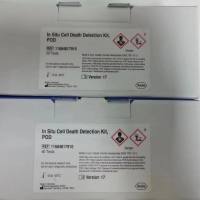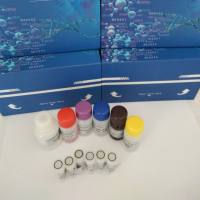In Situ Hybridization to Somatic Chromosomes in Drosophila
互联网
In Situ Hybridization to Somatic Chromosomes in Drosophila
Abby F. Dernburg
INTRODUCTION
In situ hybridization was originally developed as a technique for visualizing and physically mapping specific sequences on Drosophila melanogaster polytene chromosomes. Hybridization techniques can also be used to localize sequences on smaller, diploid chromosomes, such as condensed mitotic chromosomes. Variations of the method also allow the hybridization of probes to chromosomes within intact cells and tissues, rather than to chromosomes isolated from their cellular context and flattened on slides. This article presents methods for hybridizing fluorescent probes to chromosomes in whole-mount Drosophila tissues. These methods allow the investigation of nuclear organization even at stages where chromosomes are decondensed (as in interphase) or, for other reasons, cannot be discriminated in the light microscope. Consequently, they are useful for addressing a variety of cell biological questions. In addition to enhancing our understanding of somatic chromosome organization, this experimental approach has also revealed interactions among meiotic chromosomes in Drosophila females, which spend much of meiosis in a compact ball called the karyosome. Fluorescent in situ hybridization (FISH) methods can also be used to karyotype individual nuclei using chromosome-specific markers. With appropriate fixation conditions, hybridization to chromosomal DNA can be performed in conjunction with immunostaining, allowing the colocalization of cellular or chromosomal proteins.
原文:http://cshprotocols.cshlp.org/content/2011/9/pdb.top065540.abstract









